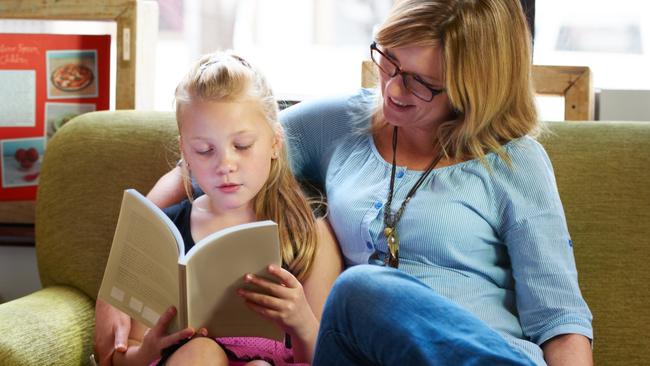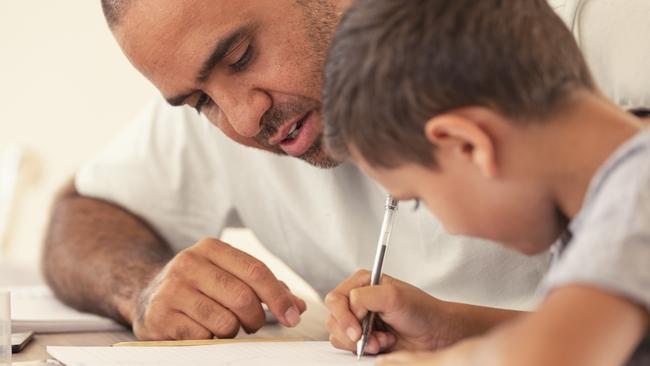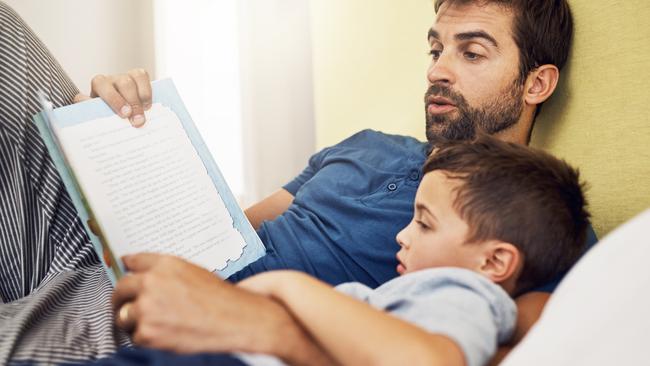Shock low number of new teachers who know how to help students struggling to read
A gap in training may be to blame for just six per cent of new Victorian teachers knowing how to help kids with reading issues.

Education
Don't miss out on the headlines from Education. Followed categories will be added to My News.
Students struggling to read may never catch up to their peers because teachers do not know how to get them up to speed.
New research by La Trobe University has revealed that just six per cent of Victorian teachers knew how to support a student with learning difficulties after graduating from university.
In what academics have described as an “alarming” trend that could stop struggling students from learning at the same rate as their classmates, the study of more than 500 Victorian public school teachers showed more than one third of teachers could not effectively teach a student with learning difficulties.
About 50 per cent of respondents said it was “confusing” trying to identify teaching methods that helped students more effectively learn to read.
“Ultimately, this leaves these students vulnerable to academic failure, and at significant risk for poor longer-term outcomes across personal, economic, health and psychosocial domains,” the study said.

“Students who are already vulnerable, may be doubly disadvantaged by virtue of their learning difficulties as well as the quality of the instruction provided.”
Study co-author and La Trobe University school of education associate Professor Tanya Serry said the findings were not surprising because lack of time and resources is a well-established concern among teachers, but remained an “alarming” concern.
“Even current people in the workforce, who have varying years of experience with students, still have quite a lot of hesitancy,” Prof Serry said.
“A lot of teachers don’t realise but, students don’t need anything different. They just need a more intensive dosage of high quality reading instruction in a lot of cases.
“But in some (university) courses, there’s basically nothing on that (explicit instruction).”
The Department of Education co-funded the study after contracting La Trobe in 2016 to develop targeted interventions and teaching methods for students with dyslexia.
But a recent report by the Grattan Institute found that time-poor teachers were scouring social media to find lesson content because they felt resources in schools were lacking.
About 64 per cent went to sites such as YouTube over government verified resources.
Education Minister Natalie Hutchins said assessment overhauls starting next year were designed to boost pupils’ literacy skills.

“Building the right reading foundation early is important for all students. That’s why, from next year, every grade 1 Victorian government school student will have their early literacy skills assessed to provide teachers with further information to target their support,” she said.
“Schools and teachers access a range of resources to teach children how to read, especially those who might be struggling.”
$11.3m was set aside in this year’s budget to upgrade literacy resources in state schools.
In September, the tutoring program designed to assist students who fell behind during Covid received a $258m boost.
We’ve invested a further $258.4 million to extend the Tutor Learning Initiative next year, allowing Victorian schools to retain the tutors who gave such profound support to students throughout 2021 and 2022.





